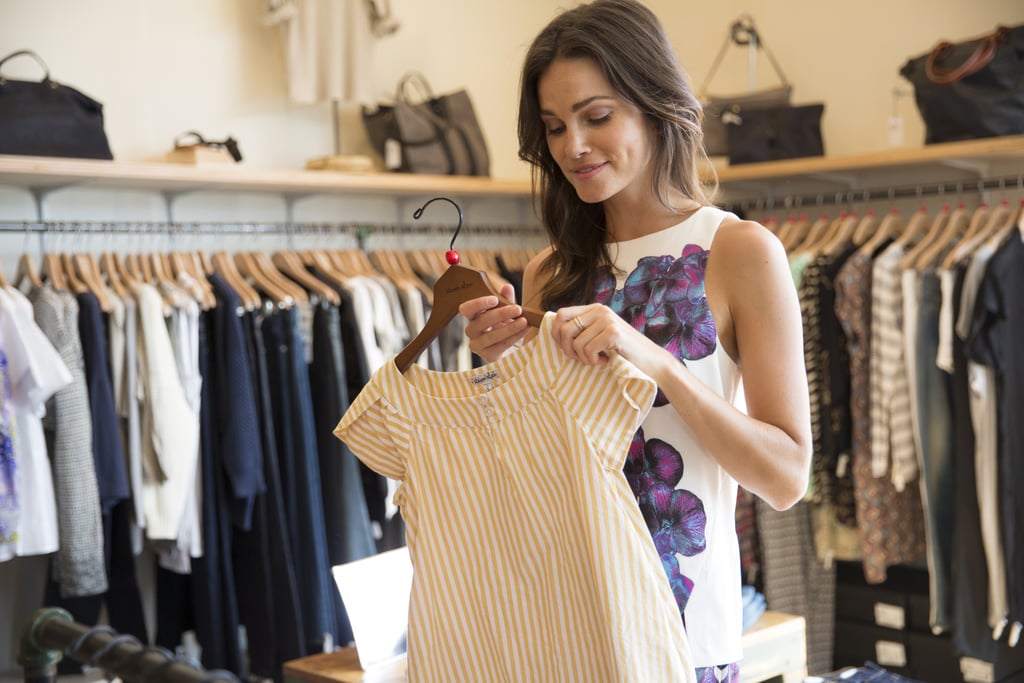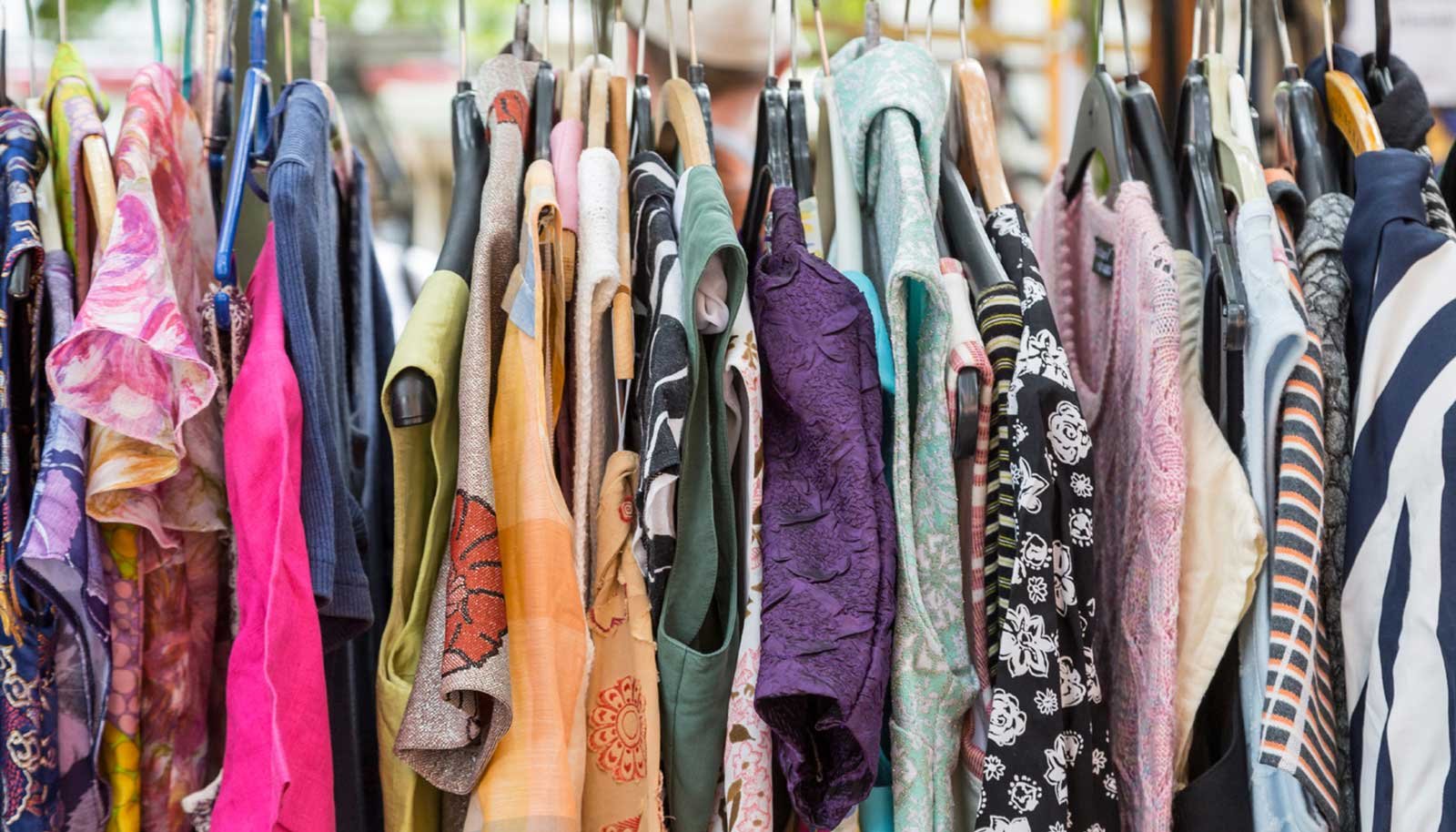Why Selling Used Clothes is a Great Idea
Selling used clothes is a great way to declutter your wardrobe, make some extra money, and reduce waste. With the growing demand for second-hand clothing and the rise of sustainable fashion, it’s never been a better time to give your old clothes a new lease on life. By selling your used clothes, you can free up space in your closet, reduce the amount of waste sent to landfills, and earn some extra cash to put towards new purchases.
In recent years, the stigma around buying and selling second-hand clothes has disappeared, and it’s now seen as a savvy and environmentally-friendly way to shop. Many consumers are looking for ways to reduce their environmental impact, and buying second-hand is a great way to do this. By selling your used clothes, you can tap into this growing market and make some money at the same time.
If you’re looking for ways to make some extra money, selling used clothes is a great option. You can sell items that are still in good condition, but no longer fit or suit your style. You can also sell items that are gently used, but still have plenty of life left in them. With the rise of online marketplaces and social media, it’s never been easier to sell your used clothes and reach a wide audience.
So, if you’re looking for a way to declutter your wardrobe, make some extra money, and reduce waste, selling used clothes is a great idea. With the growing demand for second-hand clothing and the rise of sustainable fashion, it’s never been a better time to give your old clothes a new lease on life. By following the steps outlined in this article, you can learn how to sell your used clothes and make some money at the same time.
Preparing Your Used Clothes for Sale
Before listing your used clothes for sale, it’s essential to prepare them to attract potential buyers. This involves cleaning, ironing, and repairing items to make them look their best. By presenting your clothes in their best condition, you can increase their appeal and value.
Start by sorting through your clothes and separating them into categories, such as tops, bottoms, dresses, and outerwear. This will make it easier to identify items that need cleaning or repair. Next, inspect each item carefully for stains, tears, and missing buttons. Make a note of any flaws or defects, as you’ll need to disclose these when listing the item for sale.
Cleaning your clothes is a crucial step in preparing them for sale. Check the care labels to ensure you’re using the right cleaning method. For delicate or special-care items, consider hand washing or dry cleaning. For everyday items, machine washing and drying are usually sufficient. Ironing your clothes can also make a big difference in their appearance. Use a steam iron to remove wrinkles and creases, and hang items up to prevent new wrinkles from forming.
Repairing items is also important, as it can significantly impact their value. If an item has a missing button or a small tear, consider repairing it before listing it for sale. This can be as simple as sewing on a new button or patching a small hole. However, if an item is badly damaged or beyond repair, it may be best to discard it or donate it to charity.
By taking the time to prepare your used clothes for sale, you can increase their appeal and value. This, in turn, can help you sell your items more quickly and for a better price. Remember to always be honest about the condition of your items, and provide clear photos and descriptions to potential buyers. This will help build trust and ensure a smooth transaction.
Choosing the Right Sales Platform
When it comes to selling used clothes, there are numerous sales platforms to choose from. Each platform has its own unique features, benefits, and drawbacks. To maximize your earnings and minimize hassle, it’s essential to choose the right platform for your needs.
Online marketplaces like eBay, Poshmark, and ThredUp are popular options for selling used clothes. These platforms offer a vast customer base, competitive pricing, and convenient shipping options. However, they also charge fees, which can eat into your profits. eBay, for example, charges an insertion fee and a final value fee, while Poshmark takes a flat commission on sales.
Local consignment shops are another option for selling used clothes. These shops typically take a commission on sales, but they also handle pricing, marketing, and customer service. Consignment shops can be a good choice for high-end or designer items, as they often attract customers looking for quality, second-hand clothing.
Garage sales and yard sales are also viable options for selling used clothes. These events allow you to sell multiple items at once, and you can set your own prices. However, they require more effort and planning, as you’ll need to organize the event, price items, and handle sales.
Other options for selling used clothes include social media platforms like Instagram and Facebook, as well as specialized apps like Depop and Mercari. These platforms offer a more casual, peer-to-peer selling experience, but they may not offer the same level of exposure as online marketplaces or consignment shops.
When choosing a sales platform, consider factors like fees, target audience, and ease of use. Think about the type of items you’re selling, the prices you want to charge, and the level of customer service you’re willing to provide. By selecting the right platform, you can maximize your earnings and minimize hassle when selling your used clothes.
Taking Great Photos and Writing Compelling Descriptions
When it comes to selling used clothes, high-quality photos and detailed descriptions are crucial for attracting potential buyers. Good photos can showcase the item in its best light, while a well-written description can provide essential information and build trust with the buyer.
To take great photos, start by using good lighting. Natural light is always best, so try to take photos near a window or outside. Avoid using flash, as it can create harsh shadows and unflattering light. Consider using a tripod or a photo studio to ensure your photos are steady and well-lit.
Modeling the clothes can also help to showcase the item in a more appealing way. Consider using a mannequin or a friend to model the clothes, or take photos of the item on a flat surface. Show the item from different angles, including the front, back, and sides. This will give the buyer a better understanding of the item’s condition and features.
In addition to photos, a detailed and honest description is essential for building trust with the buyer. Include information about the item’s condition, including any flaws or defects. Mention the material, size, and color of the item, as well as any notable features or details. Be transparent about the item’s history, including whether it has been worn or altered in any way.
When writing your description, use a clear and concise tone. Avoid using jargon or overly technical language, and focus on providing essential information in a straightforward way. Use bullet points or short paragraphs to break up the text and make it easier to read.
By taking great photos and writing compelling descriptions, you can showcase your used clothes in their best light and attract potential buyers. Remember to be honest and transparent in your descriptions, and provide essential information to build trust with the buyer.
Setting Competitive Prices
When it comes to selling used clothes, setting competitive prices is crucial for attracting potential buyers and closing sales. To determine the right price for your item, research similar items on the market and consider the condition, rarity, and demand for the item.
Start by checking prices on online marketplaces like eBay, Poshmark, and ThredUp. Look for similar items in similar condition and note the prices they are selling for. You can also check prices at local consignment shops and thrift stores to get an idea of what similar items are selling for in your area.
Consider the condition of the item when setting the price. If the item is in excellent condition, with no flaws or defects, you can charge a higher price. If the item is worn or damaged, you’ll need to lower the price accordingly.
Rarity is also an important factor to consider when setting prices. If the item is a limited edition or hard to find, you can charge a higher price. If the item is common and easily found, you’ll need to lower the price to be competitive.
Finally, consider the demand for the item. If the item is in high demand, you can charge a higher price. If the item is not in demand, you’ll need to lower the price to attract buyers.
By researching similar items, considering the condition, rarity, and demand, and setting competitive prices, you can attract potential buyers and close sales. Remember to stay flexible and be willing to negotiate prices to ensure a smooth and successful transaction.
Engaging with Potential Buyers and Closing Sales
When selling used clothes, engaging with potential buyers and closing sales is crucial for success. Responding promptly to inquiries and messages is essential for building trust and establishing a positive relationship with potential buyers.
When responding to inquiries, be friendly and transparent. Provide detailed information about the item, including its condition, size, and material. Be honest about any flaws or defects, and provide photos or videos to support your description.
Negotiating prices is also an important part of the sales process. Be open to reasonable offers and willing to compromise on price. However, don’t be afraid to stand firm on your asking price if you feel it’s fair and competitive.
When closing sales, make sure to provide clear instructions on payment and shipping. Use a secure payment method, such as PayPal or a credit card, and provide tracking information for shipped items.
Following up with buyers after the sale is also important for building trust and ensuring a smooth transaction. Send a thank-you note or email, and ask for feedback on the sale. This will help you improve your sales process and build a positive reputation as a seller.
By engaging with potential buyers, negotiating prices, and closing sales in a professional and friendly manner, you can build trust and establish a positive reputation as a seller. This will help you attract more buyers and increase your chances of selling your used clothes successfully.
Tips for a Smooth and Successful Transaction
Providing excellent customer service is crucial for a smooth and successful transaction when selling used clothes. This includes packaging items carefully, shipping promptly, and leaving feedback.
When packaging items, make sure to use sturdy materials and wrap the item securely to prevent damage during shipping. Consider using bubble wrap or tissue paper to protect delicate items. Also, include a personalized note or a thank-you card to show your appreciation for the buyer’s purchase.
Shipping promptly is also essential for a successful transaction. Make sure to ship the item within the timeframe specified in your listing, and provide tracking information to the buyer. This will help the buyer track the package and ensure that it arrives safely.
Leaving feedback is also important for building trust and establishing a positive reputation as a seller. Make sure to leave feedback for the buyer after the transaction is complete, and encourage them to do the same for you.
Using shipping labels and tracking numbers can also help to streamline the shipping process and provide an added layer of security. Consider using a shipping service that provides tracking numbers and insurance, such as USPS or UPS.
By providing excellent customer service, packaging items carefully, shipping promptly, and leaving feedback, you can ensure a smooth and successful transaction when selling used clothes. This will help to build trust with your buyers and establish a positive reputation as a seller.
Maximizing Your Earnings and Minimizing Hassle
To maximize your earnings from selling used clothes, it’s essential to use sales data to inform your pricing decisions. Analyze your sales data to identify trends and patterns, and adjust your prices accordingly. For example, if you notice that a particular type of item is selling well, you can increase the price to maximize your earnings.
Utilizing promotions and discounts can also help to maximize your earnings. Consider offering discounts for bulk purchases or bundling similar items together. You can also offer free shipping or other incentives to attract more buyers.
Considering bundle deals can also help to maximize your earnings. Offer a discount for buyers who purchase multiple items at once, or bundle similar items together to create a more attractive offer.
To minimize hassle, use a consistent pricing strategy and be organized. Keep track of your inventory and prices, and make sure to update your listings regularly. Consider using a spreadsheet or other tool to help you stay organized.
By using sales data to inform your pricing decisions, utilizing promotions and discounts, and considering bundle deals, you can maximize your earnings from selling used clothes. By staying organized and using a consistent pricing strategy, you can also minimize hassle and make the selling process more efficient.






